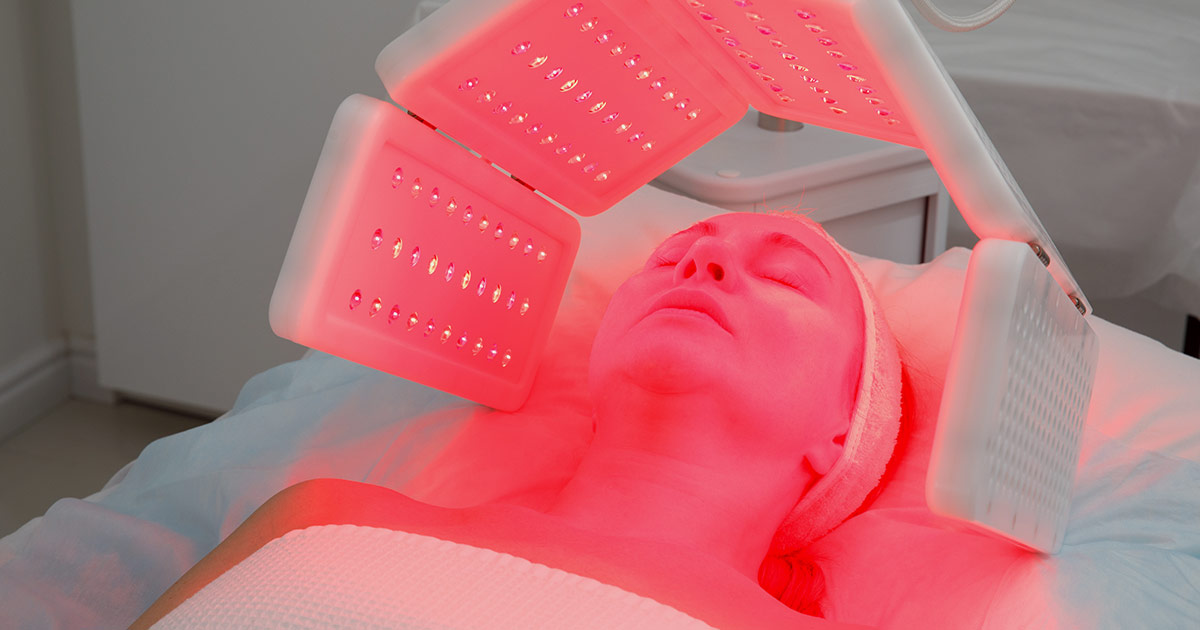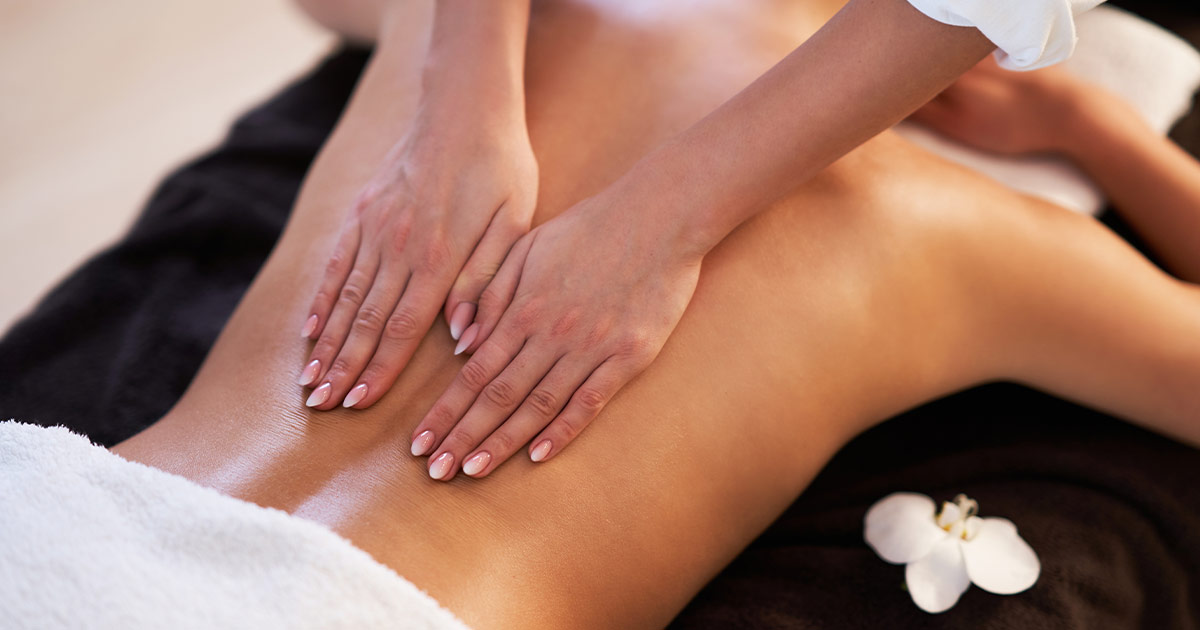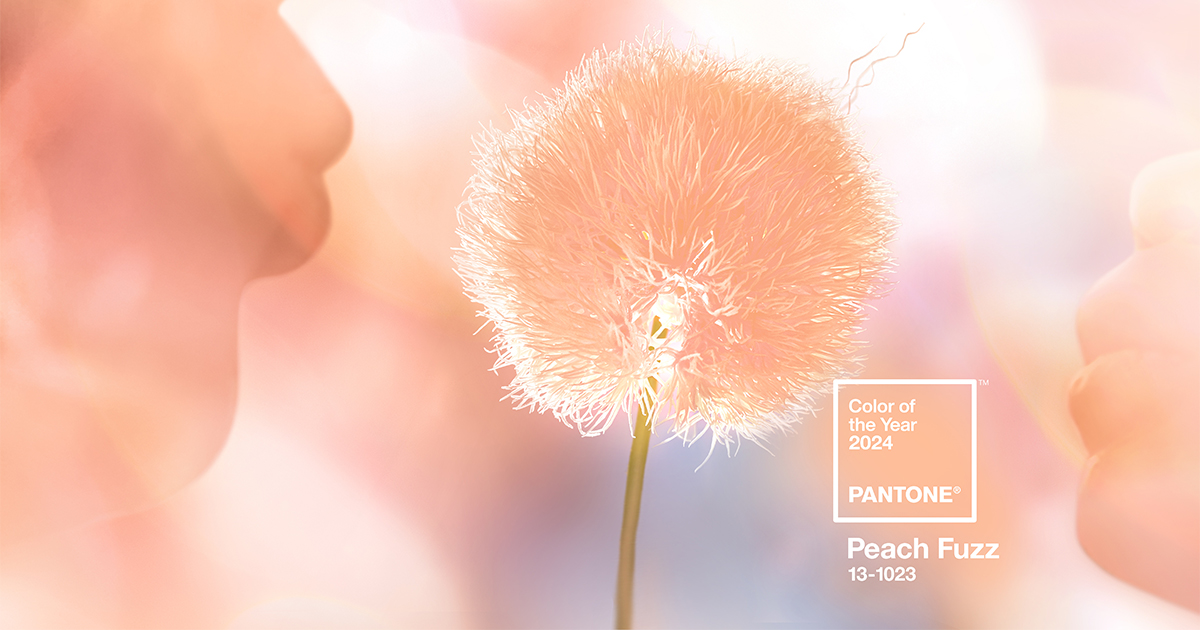Examining the red light therapy trend which has taken social media by storm.
If you're on social media, it's likely that you've encountered some chatter about red light therapy and its benefits. But how do you know exactly what to believe when it comes to this trendy skincare treatment? We asked the experts at Skin CoLAB in Ada to learn more.
So, what exactly is red light therapy?
"Red light therapy (RLT) is the use of low wavelength red light to help treat skin conditions such as fine lines/ wrinkles, acne, scaring, redness and inflammation," explained Jen Gates, NNP-BC, a Nurse Practitioner at Skin CoLAB, noting that RLT in itself isn't new. "RLT has been used in various other medical settings such as wound healing and treatment of some cancers for years. It is now being studied and used to promote skin health."
RLT works by targeting the cell's mitochondria—the energy of the cell.
"By targeting the cells energy center, it makes the cells more efficient at their jobs allowing for more production of collagen and elastin production (giving more strength and elasticity to the skin), increased blood circulation to tissues, and reduced inflammation," Gates said.
RLT can be used to treat a number of skin issues, and can result in improvement related to wound healing, scars, skin texture, psoriasis, rosacea, eczema, sun damage, and acne, while also reducing fine lines, wrinkles, age spots and stretch marks.
"Early studies have shown some hopeful data on effectiveness of RLT, but more studies including randomized clinical trials need to be done to prove effectiveness," Gates said, adding that RLT is ideal for anyone who wants to improve skin health and prevent or repair signs of aging. "Always consult your aesthetic provider or dermatologist to see if RLT is right for you. RLT is not recommend for those with photosensitive medical conditions such as lupus or who are on photosensitive medications. Do not use if any open wounds or lesions on skin."
With so many options on the internet, you may be wondering about the most effective ways to go about using RLT either at a med spa or at home. Gates shares that the most effective treatments are done with a trained professional (dermatologist, aesthetic provider or licensed aesthetician) and that folks should be aware that not all at-home devices are created equal.
"In office devices, used by a trained licensed professional, can have more power and yield more effectiveness in one treatment," Gates said, noting Skin CoLAB's Signature & Luxe Hydrafacial treatments already include light therapy. "Our licensed aesthetician selects the type of therapy (red or blue light) which is best for your skin type. This allows us to target acne, fine lines, inflammation or any combination of concerns.
For those looking for at-home options, Gates notes that the intensity of home treatment devices is reduced for safety purposes, so it's important to invest in a device (mask or otherwise) that's studied and proven to be effective and safe for the skin. One such device Gates recommends is the Omnilux LED light therapy devices, which she says are safe and have science back studies proving effective for home use.
"Skin CoLAB offers both the RLT device that targets aging, Omnilux Contour Face, and Omnilux Clear, which targets acne," Gates said. "These treatments can be performed at home and are an excellent adjunct to a curated skincare routine in or out of the office."
To see the most benefits as possible from RLT, it's important to be both consistent and patient. While you can see results after one treatment, you'll want to establish a routine.
"Generally speaking, long term consistent use shows best results around three to six months," Gates said, adding that each device will have individual parameters for use. "The Omnilux Contour recommends 10 minutes sessions three to five times a week for four to six weeks for best results, and continued maintenance as desired."
When it comes to safety, RLT is regarded as generally safe and effective when used as directed.
"RLT should be painless and safe with no downtime, and no associated side effects with proper use," Gates said, noting the treatment is nontoxic and not as harsh as some topical skin treatments. "RLT does not contain harmful UV wavelengths that cause heat/thermal damage to the skin like sunburns and sun damage. Be sure to use home devices as directed to ensure safety and eye protection, if indicated by the device."
In addition to RLT, blue light therapy can also be helpful, as it's used to mainly help treat acne by targeting and killing the bacteria on the skin surface responsible for acne.
If you're looking to learn more about RLT, Gates recommends visiting Skin CoLAB for a consultation, where they can discuss your concerns and if RLT is right for you.
"It's best to consult your licensed healthcare professional before investing in home devices to ensure the concerns you want to improve will be targeted with that therapy," Gates said. "While RLT is a great addition to your home regimen, it doesn't replace many effective in-office treatments targeting these same areas of concern. Be sure to cover the basic skincare principles of an optimized daily routine before investing in a home device."
Written by Sarah Suydam, Managing Editor for West Michigan Woman.



